PPC Made Easy: A Beginner's Guide to PPC Advertising
Blogs | PPC
Written By: Nyah Mallen
Blogs | PPC
Written By: Nyah Mallen
Introduction
As a business owner aiming to grow your online presence, you’ve likely encountered Pay-Per-Click (PPC) advertising at some point. But what exactly is PPC, and how can it benefit your business?
PPC advertising can be one of your most powerful tools for achieving quick results and brand visibility. It offers immediate access to premium digital space — such as the top spots on search engine results pages (SERPs) and key placements across social media platforms.
If you haven’t already noticed, PPC is fast becoming a crucial part of any business’s marketing strategy. It allows brands to directly connect with their target audiences, drive traffic, and convert clicks into customers in real time.
In this guide, we’ll walk you through the fundamentals of Pay-Per-Click advertising, explain why it works for businesses like yours, and point you toward useful resources to help you get started and grow.
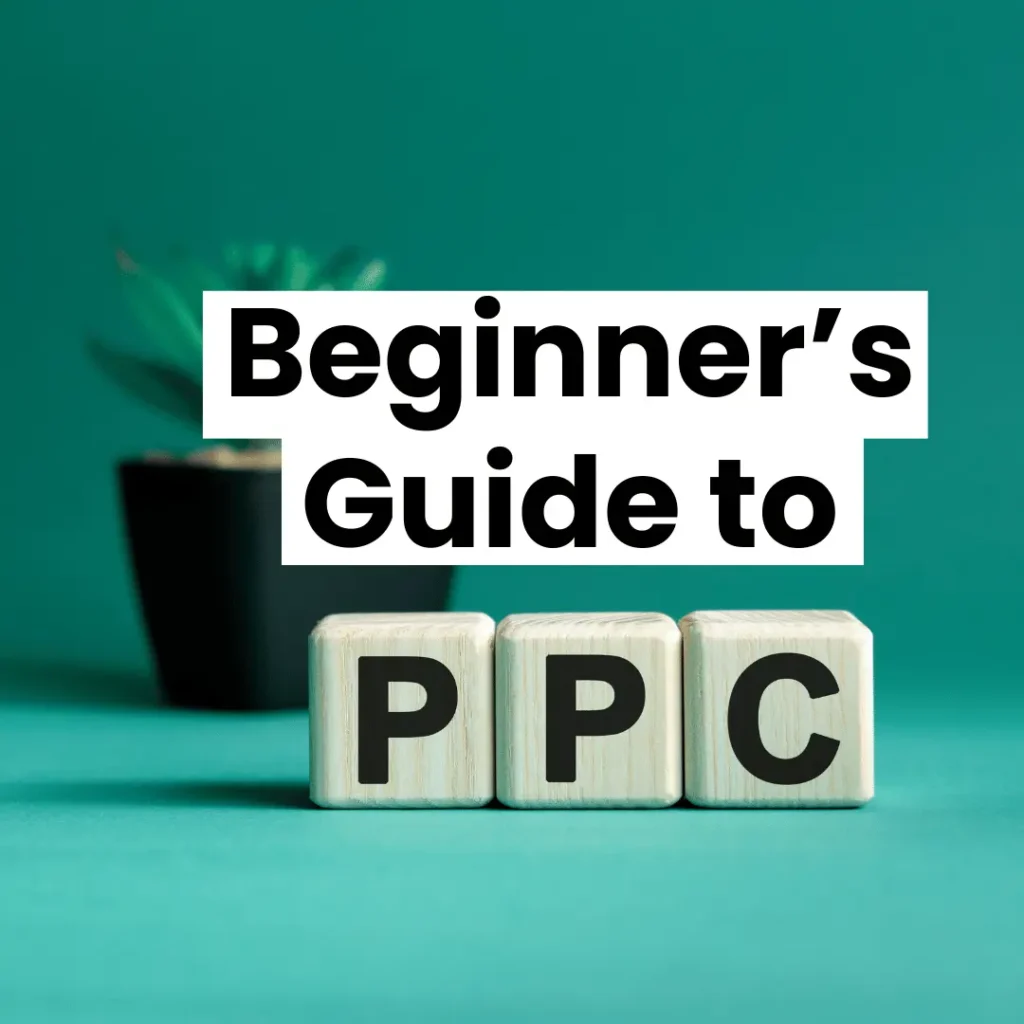
What is PPC and How Does it Work?
What is PPC?
PPC stands for Pay-Per-Click, a model of digital advertising where you pay only when someone clicks on your ad. These ads aim to direct potential customers to your website or app, where they can complete a specific action — such as making a purchase, submitting a lead form, or booking a consultation.
PPC is supported by a variety of platforms, including industry leaders like Google Ads, Microsoft Ads (Bing), Meta Ads (Facebook and Instagram), TikTok Ads, and more. Each platform enables you to target specific keywords or audience interests relevant to your products or services. This gives you significant control over who sees your ad and when.
How Does PPC Advertising Work?
So, how does it all work behind the scenes?
Every time someone performs a search on platforms like Google, an ad auction is triggered. Your ad enters a bidding process along with others targeting the same keywords. Several factors influence which ads win a place on the page, including:
- Your bid amount
- Ad relevance and quality score
- Landing page experience
- Expected click-through rate (CTR)
- Competition and search intent
Even if your bid isn’t the highest, a well-structured, relevant ad with a solid landing page can still win a top spot.
The best part? You only pay when someone clicks on your ad — meaning you’re not wasting money on impressions that don’t generate engagement. And since auctions happen in real time for each search, your ad has numerous opportunities to show up in front of the right audience.
Is PPC Right for My Business?
PPC has taken the digital marketing world by storm, and for good reason. While it may not be a year-round strategy for every business, it’s often an essential piece of the puzzle — especially for companies that want fast, measurable results.
PPC is ideal for businesses that:
- Need immediate visibility and web traffic
- Are just starting and have limited organic SEO traction
- Want to promote niche products/services with clear buyer intent
- Operate seasonally or run time-sensitive promotions
- Target specific local or regional audiences
That said, it’s important to view PPC as part of a balanced marketing approach. While PPC delivers short-term wins, SEO builds long-term, sustainable growth. The two should complement one another — not compete.

The Benefits of PPC Advertising
PPC isn’t just about paying for clicks — it’s about making sure every click has the potential to bring value to your business. When done well, PPC offers a wide range of benefits:
PPC is a Cost-Effective Advertising Method
One of the primary benefits of PPC is its cost-effectiveness. You only pay when someone clicks on your ad, ensuring that your advertising spend is directed toward engaged users rather than passive impressions. Additionally, most PPC platforms allow you to set flexible budgets and choose billing cycles (daily or monthly), giving you complete control over how much you spend. This prevents overspending and ensures you stay within your preferred budget.
PPC is Quick to Get Up and Running
Compared to organic strategies such as SEO or social media, PPC campaigns are quick to launch and yield immediate results. Once you’ve set up your campaign, your ads will appear on SERPs within minutes. This quick turnaround makes PPC an ideal choice for businesses that need fast visibility, especially when running time-sensitive promotions or campaigns.
PPC is Compatible with Other Strategies
PPC isn’t just great for short-term traffic, as it can also support and complement your broader marketing efforts. The insights you gather from PPC campaigns — such as audience preferences, high-converting keywords, and successful ad copy — can inform your long-term strategies, like SEO and content marketing. By integrating PPC with other efforts, you can create a more well-rounded, effective marketing plan.
Choosing the Right PPC Channel
Not all PPC platforms are equal, and each serves different purposes. Picking the right channel is essential for reaching your campaign goals effectively.
Here are some common options and their ideal uses:
- Search Ads – Best for targeting intent-driven searches, capturing users who are actively looking for a solution.
- Display Ads – Excellent for boosting brand awareness and reaching a wide audience with visually engaging ads.
- Shopping Ads – Tailored for eCommerce businesses aiming to showcase and drive sales of their products.
- Social Media Ads – Effective for engaging with your audience through creative and visual content, fostering connection and brand loyalty.
Ultimately, your choice of PPC channel will depend on your specific business goals. Consider what you’re trying to achieve — whether it’s increasing sales, raising awareness, or generating leads — before deciding on a platform.
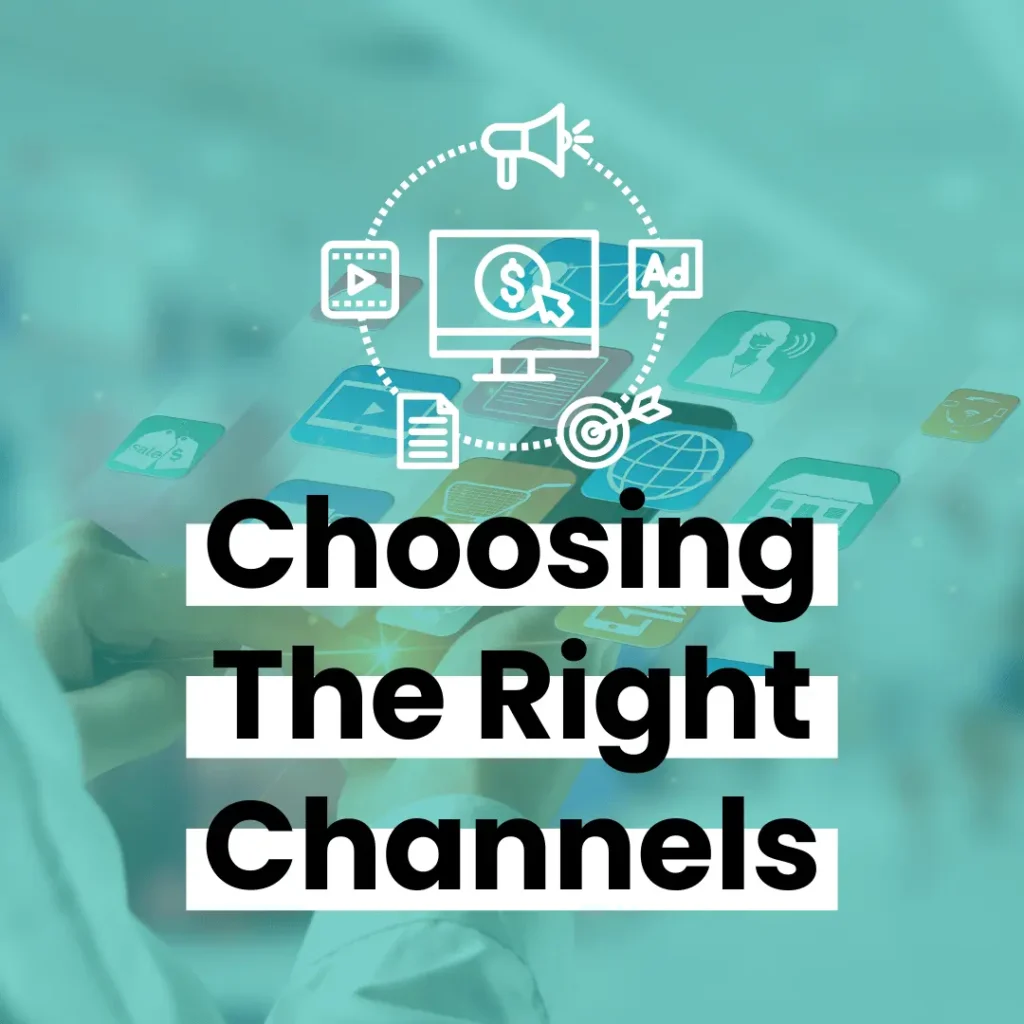
Setting Up Your First PPC Campaign
When starting a PPC campaign, businesses face a key decision: should you manage the ads internally? Or outsource to a trusted digital marketing agency? If you choose to manage the campaign yourself, follow these steps to build a solid PPC strategy:
1. Define Your Campaign Goal
This is the first step in your process. Your campaign goal will shape every decision you make, from the platform you select to the type of campaign you run. Are you optimising for clicks, calls, or conversions?
2. Choose Your Platform
Pick the platform that best aligns with your campaign goals. For example, LinkedIn Ads is a great choice for Business-to-Business (B2B) companies. Your decision should be based on where your audience is most active.
3. Set Your Budget
Determine how much you’re willing to spend on your campaign. Consider factors such as keyword bids, industry competition, and the number of campaigns you’re running. Tools like Google’s Keyword Planner can provide useful cost estimations.
4. Pick Keywords Based on Audience Targeting
To target your audience effectively, you need to understand what they are searching for. Consider their pain points, search intent, and whether they’re ready to purchase or just researching. This insight will guide your keyword selection.
5. Create Your Campaign and Ad Groups
Organise your campaigns based on intent. If you have multiple business goals, create separate campaigns for each one. For example, you might have a campaign for product sales and another for raising brand awareness in a new location.
Ad groups within each campaign allow you to further refine your targeting, such as by product category or geographic location.
6. Refine Your Audience Targeting for Each Campaign
Tailor your targeting by considering factors such as age, gender, income level, and location. If your service is region-specific, focus your ads on that area. You can also optimise based on device type (e.g. mobile vs. desktop) and even schedule ads for specific times (e.g. weekdays for a service that operates only during the week).
7. Create Your Ad
Your ad is the core of the campaign. Ensure it includes well-crafted copy, relevant creatives (images, videos, graphics), a clear call-to-action (CTA), and an optimised landing page. All these elements must align to deliver a cohesive and compelling message.
8. Launch and Review Regularly
Once your campaign is live, monitor its performance closely. Regular reviews are crucial to understanding how well your ads are performing and making adjustments. Update your ad copy and creatives periodically to keep them fresh and engaging for your audience.
The Power of Keywords
Keywords are crucial to the success of any PPC campaign. Choosing the right keywords is key to reaching users with strong purchase intent, ultimately boosting your campaign’s profitability.
To maximise your results, focus on high-intent commercial and transactional keywords that target users who are ready to take action. Tools like Google Keyword Planner and Semrush are invaluable for uncovering valuable search terms.
Don’t ignore long-tail and low-competition keywords — they often provide better ROI and deliver more meaningful results.
Another best practice is to group your keywords by product, intent, or audience to create more relevant and precise ad targeting. Additionally, incorporating negative keywords helps filter out irrelevant traffic and improve the quality of your leads.
If you’re unsure where to begin with keyword research, check out our article on how to conduct high-converting keyword research for PPC.
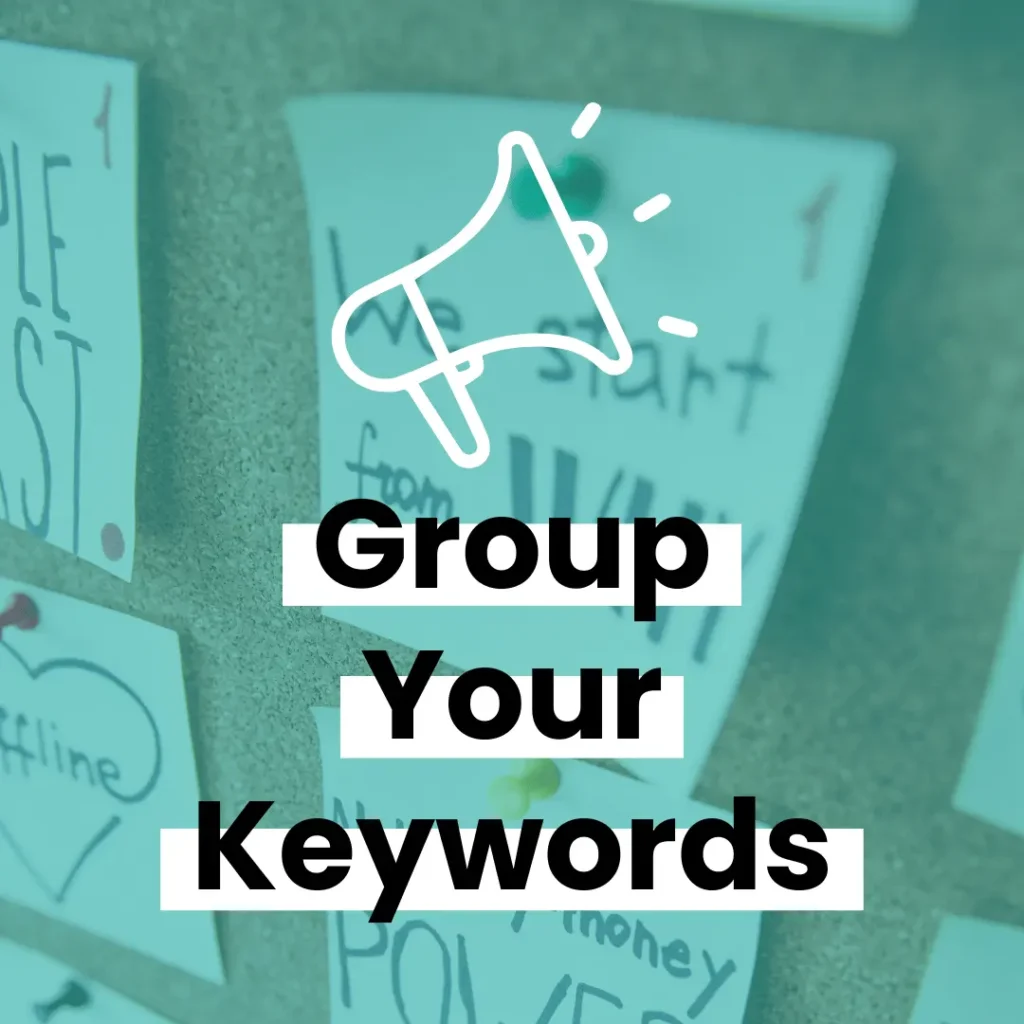
Writing Ads That Convert
When creating PPC ads, the headline is crucial. It’s often the deciding factor on whether users will continue reading or scroll past your ad. A compelling headline can increase click-through rates significantly.
To make effective ads, make sure they:
- Speak directly to your audience’s needs
- Feature clear headlines that align with the keyword
- Offer concise descriptions that emphasis benefits, not just features
- Include strong, clear calls-to-action (CTAs)
You should also consider adding ad extensions where possible. These can provide additional information, increase your ad’s visibility, and help persuade your audience to convert.
If you need more guidance on crafting high-converting ads, check out our article on PPC copywriting, where we share actionable tips to improve your ad writing skills.
Landing Pages That Seal the Deal
Your ad is just half of the equation in a successful PPC campaign. The other crucial component is your landing page, where you need to continue the persuasive work and show potential customers why they should choose you.
Once a user clicks on your ad, your landing page must deliver. Directing them to a generic homepage won’t help, and may even drive them away. Instead, focus on:
- Matching the messaging of your ad for consistency
- Having only one CTA to avoid confusing the user with too many options
- Keeping forms short and minimal to encourage completion
- Highlighting you unique value proposition to show what sets you apart
- Optimising the user experience to prevent frustration and abandonment
If you need more guidance on creating high-converting landing pages, check out our guide on PPC landing page best practices.

Managing Your PPC Budget
Effective PPC campaigns go beyond just strong keywords; they require smart budget management to avoid overspending and maximise ROI. Start by setting a realistic budget based on your goals, whether that’s increasing brand awareness or generating leads.
To manage your budget effectively, use both manual and automated bidding strategies to control spend and scale efficiently. Allocate your budget across platforms such as Google Ads, Meta, and LinkedIn according to their performance.
To minimise wasted spend, ensure you have clear campaign structures, effective audience targeting, and well-chosen negative keywords. Additionally, make sure your ad copy and landing pages are aligned to maintain a smooth user experience.
Regularly review performance data, adjust your spend as needed, and experiment with tactics like dayparting and retargeting to optimise every penny of your budget.
For more insights on managing your budget, check out our article on maximising your ad spend with PPC budget management.
Testing, Tracking, and Improving
PPC A/B testing is a powerful, data-driven method that helps you identify what works by comparing different ad elements — such as headlines, landing pages, or targeting — one change at a time.
By focusing on real user data rather than guesswork, you can improve click-through rates, boost conversions, and reduce costs without increasing your spend. Begin with simple tests, run them under the same conditions, and allow enough time to gather meaningful data before making decisions.
Avoid common mistakes such as testing too many elements at once or ending tests prematurely. Consistent A/B testing ensures small adjustments lead to long-term improvements, maximising the value of your PPC budget.
For additional guidance on testing, check out our article on how to find what works with PPC A/B testing.
Conclusion
PPC advertising is one of the most effective ways to drive targeted traffic to your business — fast. With a bit of strategy and consistency, it can help you attract the right customers, stay in control of your budget, and grow with confidence.
By focusing on the basics — clear goals, relevant keywords, strong ad copy, and a good landing page — you’ll already be ahead of the game. Add in regular testing, budget monitoring, and a willingness to learn from the data, and you’ll start seeing better results without wasting money.
Start small, stay focused, and let real insights shape your next move. Whether you’re managing your ads in-house or partnering with a digital marketing expert, PPC becomes much easier — and more effective — when you build from the ground up with purpose.

Written by - Nyah Mallen
Meet Nyah – A Digital Marketer Who Lives and Breathes SEO!
With a Bachelor’s in Digital Marketing, Nyah brings a ton of expertise across different sectors, helping businesses grow online. She’s all about SEO, making sure content gets seen by the right people.
Outside of work, she’s a proud cat person and a big fan of Dungeons & Dragons—whether she’s strategising campaigns or epic quests, she’s always got a plan!
Want some more?
Latest Insights & News
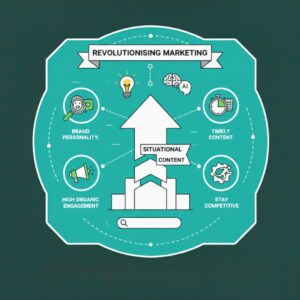
Revolutionising Marketing: The Rise of Situational Content Strategies
Situational content strategies involve tailoring content to specific moments, contexts, or audience behaviours. By aligning content with real-time trends, seasonal needs, and user intent, brands can increase relevance, improve engagement, and strengthen SEO performance.

Smart Ways to Identify and Fill Content Gaps Fast: A Complete Strategy Guide
Content gaps refer to missing information, unanswered questions, or underserved topics in your existing content. Identifying these gaps helps you create targeted, high-value pages that improve search visibility, satisfy user intent, and outperform competitors.
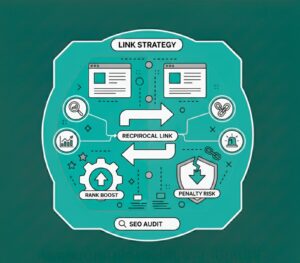
Reciprocal Links in SEO: Do They Still Boost Rankings or Risk Penalties?
For the keyword “reciprocal links SEO,” focus on explaining how reciprocal linking works today. Reciprocal links are not harmful by default, but Google can flag excessive or manipulative link exchanges. To stay safe, only exchange links when they are contextually relevant, natural, and valuable to users.




